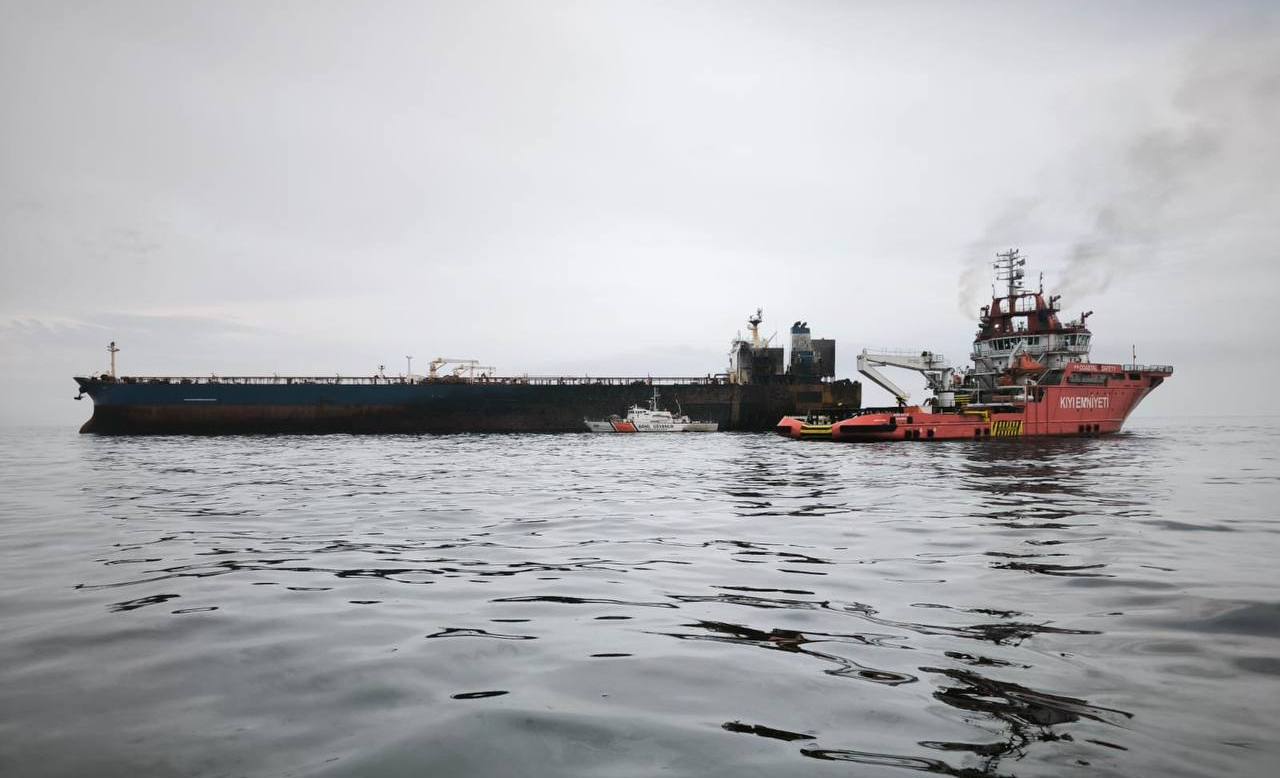Navy file photo of the Military Sealift Command T-AGS 60 Class Oceanographic Survey Ship, USNS Bowditch. U.S. Navy Photo
 By Phil Stewart
By Phil Stewart
WASHINGTON, Dec 16 (Reuters) – A Chinese warship has seized an underwater drone deployed by a U.S. oceanographic vessel in the South China Sea, triggering a formal diplomatic protest and a demand for its return, U.S. officials told Reuters on Friday.
The drone was taken on Dec. 15, the first seizure of its kind in recent memory, about 50 nautical miles northwest of Subic Bay off the Philippines just as the USNS Bowditch was about to retrieve the unmanned underwater vehicle (UUV), officials said.
“The UUV was lawfully conducting a military survey in the waters of the South China Sea,” one official said, speaking on condition of anonymity.
“It’s a sovereign immune vessel, clearly marked in English not to be removed from the water – that it was U.S. property,” the official said.
The Pentagon confirmed the incident at a news briefing and said the drone used commercially available technology and sold for about $150,000.
Still, the Pentagon viewed China’s seizure seriously since it had effectively taken U.S. military property.
“It is ours, and it is clearly marked as ours and we would like it back. And we would like this not to happen again,” Pentagon spokesman Jeff Davis said.
Senator Ben Cardin, the top Democrat on the U.S. Senate Foreign Relations Committee, called the seizure “a remarkably brazen violation of international law.”
U.S. Navy Secretary Ray Maybus cited a “growing China” as one of the reasons that the Navy needed to expand its fleet to 355 ships, including 12 carriers, 104 large surface combatants, 38 amphibious ships and 66 submarines.
The seizure will add to concerns about China’s increased military presence and aggressive posture in the disputed South China Sea, including its militarization of maritime outposts.
It coincided with sabre-rattling from Chinese state media and some in its military establishment after U.S. President-elect Donald Trump cast doubt on whether Washington would stick to its nearly four-decades-old policy of recognizing that Taiwan is part of “one China.”
A U.S. research group this week said new satellite imagery indicated China has installed weapons, including anti-aircraft and anti-missile systems, on all seven artificial islands it has built in the South China Sea.
Mira Rapp-Hooper, a senior fellow in the Asia-Pacific Security Program at the Center for a New American Security, said China would have a hard time explaining its actions.
“This move, if accurately reported, is highly escalatory, and it is hard to see how Beijing will justify it legally,” Rapp-Hooper said.
SNATCHED AWAY
The drone was part of an unclassified program to collect oceanographic data including salinity, temperature and clarity of the water, the U.S. official added. The data can help inform U.S. military sonar data since such factors affect sound.
The USNS Bowditch, a U.S. Navy ship crewed by civilians that carries out oceanographic work, had already retrieved one of two of its drones, known as ocean gliders, when a Chinese Navy Dalang 3 class vessel took the second one.
Officials said the Bowditch was only 500 meters (yards) from the drone and, observing the Chinese intercede, used bridge-to-bridge communications to demand it be returned.
The Chinese ship acknowledged the communication but did not respond to the Bowditch’s demands, the Pentagon’s Davis said.
“The only thing they said after they were sailing off into the distance was: “we are returning to normal operations,” Davis said.
The United States issued the formal demarche, as such protests are known, through diplomatic channels and included a demand that China immediately return the drone. The Chinese acknowledged it but have not responded, officials said.
The seizure happened a day after China’s ambassador to the United States said Beijing would never bargain with Washington over issues involving its national sovereignty or territorial integrity.
“Basic norms of international relations should be observed, not ignored, certainly not be seen as something you can trade off,” Ambassador Cui Tiankai, speaking to executives of top U.S. companies, said on Wednesday.
He did not specifically mention Taiwan, or Trump’s decision to accept a telephone call from Taiwan’s president on Dec. 2.
The call was the first such contact with Taiwan by a U.S. president-elect or president since President Jimmy Carter switched diplomatic recognition from Taiwan to China in 1979, acknowledging Taiwan as part of “one China.” (Reporting by Phil Stewart; editing by James Dalgleish and Grant McCool)
(c) Copyright Thomson Reuters 2016.

 Join The Club
Join The Club











